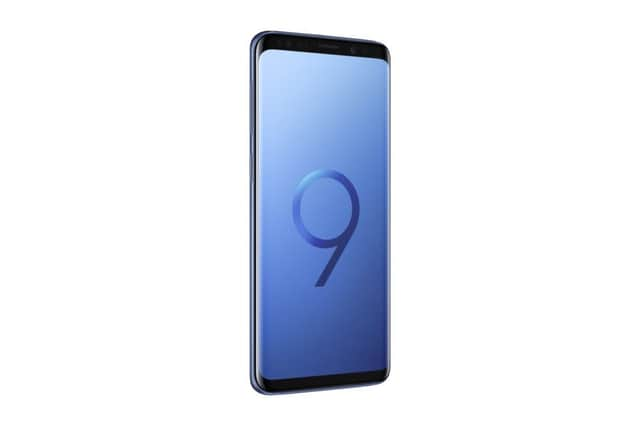How mobile phone designers became obsessed with emojis


The new season’s crop of mobile phones is on its way, and they’re loaded with more features than ever – except the one most of us seem to want.
Samsung’s latest handset, the S9, includes something called animojis. These are customisable 3D likenesses of yourself, created from a single photograph, which can be used to represent you on Facebook, email and in chat forums. It’s as if Walt Disney had taken your picture and animated it.
Advertisement
Hide AdAdvertisement
Hide AdIt is a feature that had been longed for by precisely nobody, and one despairs at the research and development time employed here that could have gone into something useful instead.
The announcement by Samsung coincided with a survey of the features people actually want on their next phone, and in most respects the S9 falls short – as do all the other handsets unveiled at the vast trade shows at the beginning of the year.
The top item on the universal wish list, as it has been for years, is longer battery life. This is not a surprise, because while phones themselves have burst forth in functionality in recent years, the lithium ion technology that keeps them powered has remained fundamentally the same. For that reason, batteries are proportionately less efficient now than they were a decade ago, when my Nokia 8310 would run for a week on a single charge.
According to the survey, from a website called insurance2go, some 55 per cent of users want their next phone to have a better battery, which can be charged faster and more reliably than the present method. Reliability is a particular problem with Android phones; every one of which I’ve ever used has become increasingly picky with age on which cables, if any, it will accept.
Advertisement
Hide AdAdvertisement
Hide AdYet it’s not an easy fix. Samsung knows better than anyone the limitations that current technology imposes on batteries; in 2016 its Galaxy Note 7 phones had to be recalled because some of the cells began to overheat and catch fire.
The second most sought-after feature on a new phone, especially among younger users, is more memory. Common-sense kicks in among those in their 50s and above, to whom lower prices are more important than anything.
But scepticism does not come exclusively with experience, and even among millennial users – those in their teens and 20s – many of the Samsung’s S9 features ring hollow. Half apparently thought those animojis were a marketing prank.
The price of an S9 depends on how you buy it and what tariff you choose, but whichever way you cut it, you’re not going to get much change out of £700. Assuming it’s not something you can “thoil”, as we used to say in Yorkshire, which features should you demand of your next, cheaper, handset?
Advertisement
Hide AdAdvertisement
Hide AdMemory is actually not a bad idea. The more of it you have, the less time you’ll have to wait for each new app to load. Even if you use only a few, you will soon notice the difference between one and two gigabytes – so make two your minimum.
Storage, which is also measured in gigabytes, is your next best buy. On many Android phones, this can now be expanded by popping in a memory card – but not all apps can use one, so there’s still no substitute for a decent capacity within the phone itself. Consider 16gb a minimum.
As for the animated emojis – they’re best filed alongside Walt Disney’s other contribution to popular culture, in the drawer marked Mickey Mouse.